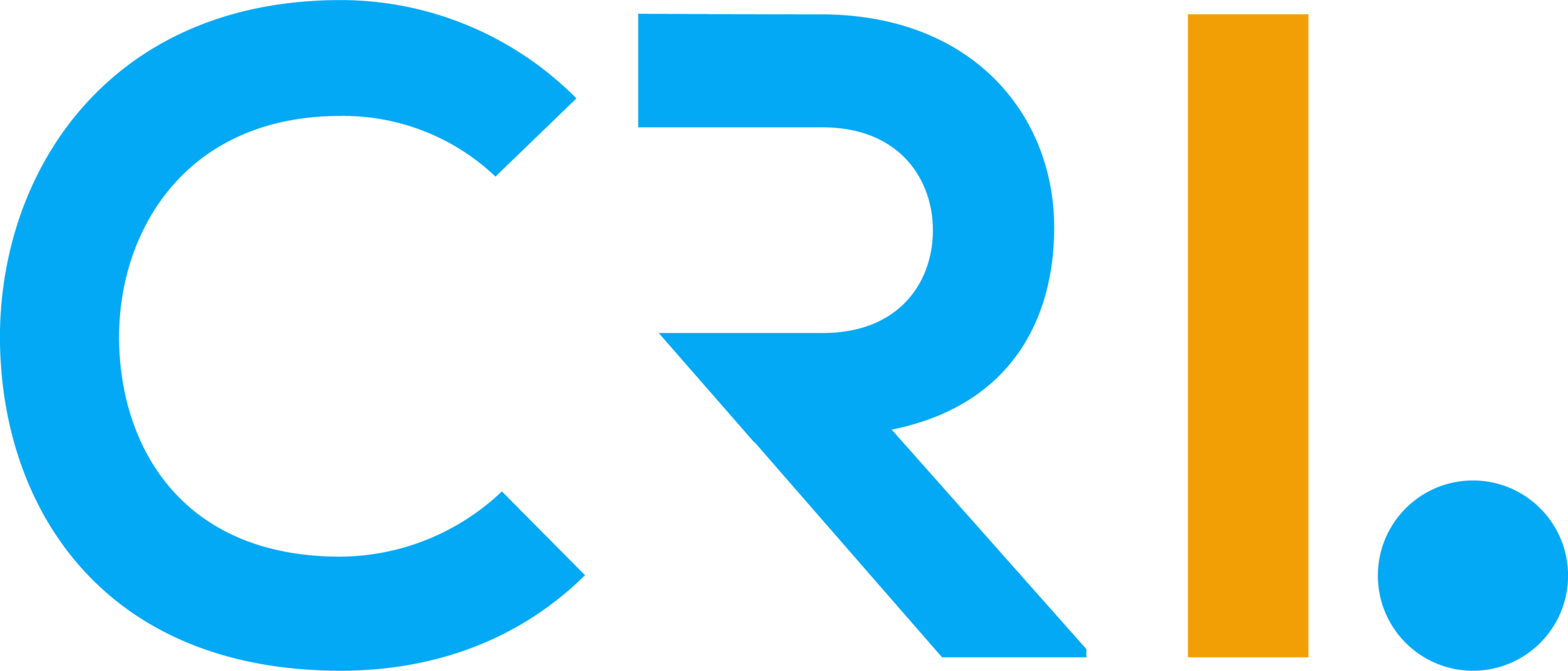No matter where your company stands in the global hiring market, your efforts to build an effective employee relocation plan and increase employee retention will ultimately hinge on your ability to respect the unique cultural differences within your workforce. What do we mean by respect? Honoring individuality and no longer expecting employees from outside your culture to carry all the weight of learning how to communicate and build lasting professional relationships.
When your business meets new hires where they are and treats them how they see themselves, you’re one step closer to improving the culture and experience you offer to employees. In this article, we’ll take a closer look at the platinum rule and show you how it improves company culture, employee experience, and employee retention through well-designed training and relocation plans.
Creating Culture
When we talk about culture in the context of global relocation, we’re discussing your company culture, the culture of your new employees, and the larger culture in which your organization is situated. All three will need to be integrated to create the thriving culture that drives your teams. Andrew Miziniak puts it this way: “When you connect this international world through relocation, there has to be a more sort of sustainable way to piece it all together for it all to work and not just assume that everyone’s experiences are equal to others, because they’re really not.”
So, it’s your responsibility to center intercultural communication and cultural training in your relocation efforts if you want to create stellar employee experiences that build into opportunities to enhance employee loyalty. You also put the platinum rule in action by placing yourself in your employee’s shoes. You’re essentially asking, what does culture mean to them? The answer will inform your ability to support and value a wide range of perspectives.
Cultural Training Basics
Culture training is really communication training. Not only are you giving your workforce the skills they need to communicate and collaborate with individuals from a variety of cultural backgrounds, but you’re also preparing your new hires to recognize the intricacies of communicating within a different cultural framework and, sometimes, an entirely different language. That’s why CRI and Andrew Miziniak recommend incorporating language programs in your cultural and communication training protocols. You can address accents, inflections, body language, tone, and more to truly set your relocating employees up for success.
Communication also hinges on trust. Consider how trust-building activities and questions can enhance the employee experience for your entire workforce by encouraging employees to approach each other with compassion and empathy, and with the shared goal of communicating openly and authentically. Remember, you are creating culture, and the power is in your hands to make it an inclusive, empowering one.
How does this kind of cultural training approach keep the platinum rule top of mind? Both your relocating employees and your current workforce are required to make the effort to bridge the cultural divide and expand their awareness of cultural differences. Every voice is heard, and although every voice doesn’t hold equal weight, each one is equally important in shaping a better employee experience. Your organization will see employee retention rise, too, if employees feel they’re being supported and valued in their efforts to become part of your culture.
Cultural Training Tips and Techniques
Let’s put the platinum rule into practice! In addition to language programs, these are some useful techniques and strategies you can lean on as you develop training programs that complement your relocation benefits:
- Cross-cultural adjustment for your new employees and their families
- Customized training programs and onboarding sessions that consider how the culture impacts work environment and conditions
- Question and answer sessions
- Courses on business behaviors and cultural etiquette
- Courses and regular check-ins to combat the culture shock that can affect employees months to years after they start with your organization
Whether you choose to incorporate some or all of these ideas, each of them has the ability to improve the employee experience from the moment your new hires walk through the door. And imagine what this does for your workforce! The respect you extend to relocating employees reflects well on your company culture as a whole, and you’re giving all your employees the tools they need to interact with their teams in a kind, productive manner.
Creating a Better Employee Experience
Company culture is the cornerstone of a positive employee experience. Employees who have a great experience will play a part in making a similar experience possible for their teammates, building on the inclusive culture you’ve already set in motion. Now that we’ve explored how to build that culture through communication training and other elements of the employee relocation process, we can explore the specific ways the platinum rule benefits employee experience in the short and long term.
Self-Awareness
Self-confidence and self-awareness are key traits of employees who have a high chance of success and a high likelihood of sticking with your company. Thanks to the platinum rule, they have the ability to analyze themselves, identifying areas where they can continue to grow and improve. They can also forge their own path towards self-enrichment and professional development as they interact with your culture and their fellow teammates.
These employees understand their role in your organization and, more importantly, they understand that they will be valued and supported through difficult transitions. In other words, they’re happy to be contributing to your organization and their individual departments.
Interpersonal Skills
Interpersonal skills are another key trait of productive, happy employees. From networking opportunities to everyday workplace interactions, employees who are treated the way they want to be treated are more likely to extend the platinum rule to those they communicate with, fostering strong bonds within your teams. Respect for diversity, differences, and boundaries come into play here as well, creating a welcoming environment in which everyone feels able to express new ideas. Finally, work-life balance benefits because employees find fulfillment in their roles, and better work-life balance makes higher employee retention rates possible.
Corporate Relocation Strategies at Your Service with CRI
Relocation doesn’t have to be complicated. In fact, we believe it should be streamlined and personalized to meet your business goals and your budget. Whether it’s supporting you or supporting your employees, we’re prepared to ease the transition and cross the cultural divide as you grow your talent pool and provide competitive relocation benefits.
Contact us today to start building a relocation plan that’s right for you. You can also find cultural and communication training resources developed by Andrew Miziniak at Unicultural® Training.

